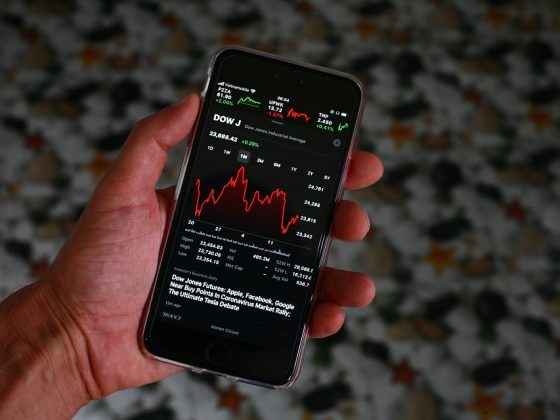Virtual reality (VR) and augmented reality (AR) technologies have been gaining significant traction in recent years, thanks to the advancements in hardware and software capabilities. These technologies are no longer limited to gaming and entertainment; they have found applications across various industries such as healthcare, education, retail, and more. With the increasing adoption of VR and AR technologies, the market is witnessing several trends that are shaping the future of virtual reality and augmented reality.
One of the latest trends in VR and AR technology is the rise of standalone devices. Gone are the days when VR and AR headsets were large and cumbersome, requiring external hardware to operate. Today, there are several standalone devices available in the market that are compact, lightweight, and offer a seamless VR or AR experience. These devices have built-in sensors, cameras, and processors, eliminating the need for external devices such as smartphones or PCs. This trend has made VR and AR technology more accessible and user-friendly, allowing users to enjoy immersive experiences without any hassle.
Another trend in VR and AR technology is the integration of artificial intelligence (AI) and machine learning. AI and machine learning algorithms are being used to enhance the capabilities of VR and AR applications, making them more intelligent and dynamic. These technologies enable VR and AR systems to understand user behavior, adapt to user preferences, and provide personalized experiences. For example, AI-powered VR applications can analyze user interactions, track eye movements, and adjust content in real-time to create a more engaging experience. This trend is expected to revolutionize the way we interact with virtual and augmented realities, making them more interactive and responsive.
Furthermore, the convergence of VR and AR technologies is another trend that is gaining momentum in the industry. VR and AR were once considered separate technologies with distinct use cases. However, we are now seeing a blurring of boundaries between the two, with the development of mixed reality (MR) technology. MR combines elements of both VR and AR to create immersive experiences that blend the physical and digital worlds seamlessly. This trend is opening up new possibilities for applications in various industries, such as remote collaboration, training, and design.
The increasing focus on social VR and AR experiences is also a significant trend in the industry. Companies are investing in developing multiplayer VR and AR applications that allow users to interact with each other in virtual spaces. These social experiences enable users to connect with friends, family, and colleagues in a virtual environment, fostering collaboration and communication. With the rise of social VR and AR platforms, we can expect to see a shift towards more interactive and engaging virtual experiences that bring people together in new and innovative ways.
Moreover, the development of 5G technology is driving the growth of VR and AR applications. The low latency and high bandwidth capabilities of 5G networks are enabling more seamless and immersive VR and AR experiences. With 5G technology, users can stream high-quality VR content, participate in multiplayer VR games, and interact with AR applications in real-time. As 5G networks continue to expand globally, we can expect to see a surge in the adoption of VR and AR technologies across various industries.
In conclusion, the latest trends in virtual reality and augmented reality technology are reshaping the way we interact with digital content and the physical world. From standalone devices to AI integration, convergence of VR and AR, social experiences, and 5G technology, the future of VR and AR looks promising. As these technologies continue to evolve, we can expect to see more innovative applications that will transform the way we work, communicate, learn, and play.
FAQs:
Q: What is the difference between virtual reality (VR) and augmented reality (AR)?
A: VR immerses users in a completely virtual environment, while AR overlays digital information on the real world.
Q: What are some popular VR and AR devices in the market?
A: Some popular VR devices include Oculus Rift, HTC Vive, and PlayStation VR. For AR, popular devices include Microsoft HoloLens and Magic Leap.
Q: How are VR and AR technologies being used in healthcare?
A: VR and AR are being used in healthcare for training medical professionals, patient education, surgical simulation, and therapy for various mental health conditions.
Q: What is the future outlook for VR and AR technologies?
A: The future of VR and AR technologies looks promising, with continued advancements in hardware, software, and connectivity enhancing their capabilities and applications. These technologies are expected to revolutionize industries and create new opportunities for immersive experiences.











